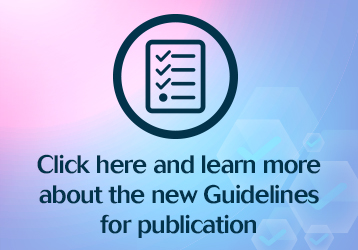Volume 31, Nº 4, July and August 2018
DOI: http://www.dx.doi.org/10.5935/2359-4802.20180036
ORIGINAL ARTICLE
Superior Cardiovascular Effect of the Periodized Model for Prescribed Exercises as Compared to the Conventional one in Coronary Diseases
Rafael Michel de Macedo
Ana Carolina Brandt de Macedo
Jose R. Faria-Neto
Costantino R. Costantini
Costantino O. Costantini
Marcia Olandoski
Flavio Sebastião Neto
Rafael P. da Silveira
Katherine A. Teixeira de Carvalho
Luiz Cesar Guarita-Souza

Abstract
Background: Physical exercise improves the survival and quality of life of coronary patients, but the ideal way of prescribing these exercises is still controversial.
Objective: To create a new periodized model for the prescription of exercises for coronary patients and compare it with a conventional model.
Methods: 62 coronary patients under pharmacological treatment were randomized into two groups: conventional (NPG, n = 33) and periodized (PG, n = 29) training. The two groups were submitted to the same exercises during the 36 sessions making up the program, but prescribed in different ways. All patients underwent an evaluation consisting of: medical admission consultancy, cardiopulmonary endurance testing, 1 maximum repetition test (1MR) and body composition evaluation.
Results: The VO2 peak improved in both groups, although more effectively in the PG (4% against 1.7%, p < 0.001). In addition, the functional capacity of this group improved by 13%, and there was a significant reduction in the percent body fat (2.1%, p < 0.005) and body weight (1.9 kg, p < 0.005). The muscle strength of both groups improved as diagnosed by the 1RM test for six different muscle groups (quadriceps, hamstrings, brachial biceps, brachial triceps, pectoral and large dorsal), and showed no significant difference between the groups, evidencing that the two models had the same efficiency.
Conclusions: The present study showed that periodization of the training of cardiac patients can improve their cardiorespiratory capacity and reduce the percent body fat more effectively than the conventional one. (Int J Cardiovasc Sci. 2018;31(4)393-404)
Keywords: Coronary Artery Disease / physiopathology; Exercise; Exercise Therapy; Exercise Movement Techniques; Percutaneous Coronary Intervention.











